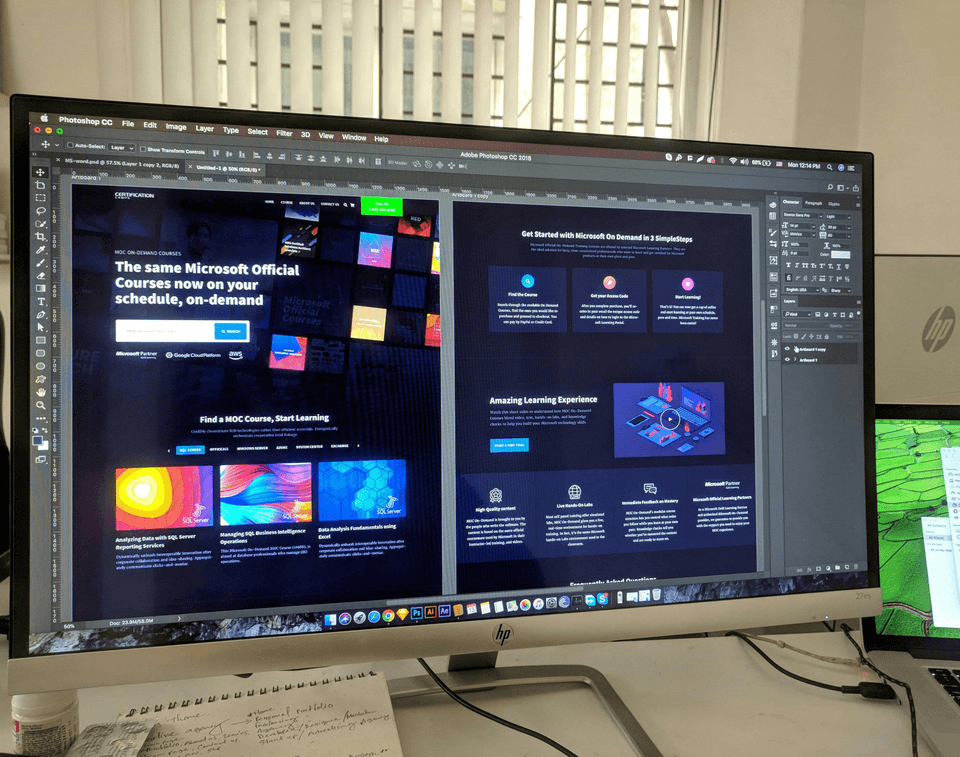Is Jamstack Easy to Maintain?

Absolutely. Jamstack (JavaScript, APIs, Markup) is known for being modern and efficient, and one of its big selling points is that it simplifies maintenance. Let me break it down for you:
1. Decoupled Architecture
Jamstack separates the front end (what users see) from the back end (the server and database). This makes it easier to maintain because:
- Front end stays static: The static files (HTML, CSS, JavaScript) are prebuilt and deployed to a Content Delivery Network (CDN). Once deployed, there’s not much to do except update when you need changes.
- Back end via APIs: APIs handle the dynamic features like forms, user authentication, or database queries. These services are often managed by third-party providers (like Stripe for payments or Auth0 for login), so you don’t have to maintain servers yourself.
2. Simplified Hosting
Jamstack sites are static and don’t need traditional servers with runtime environments like PHP or Node.js. You can host them on platforms like:
- Netlify, Vercel, or Cloudflare Pages: These platforms make deployment super easy and even provide automatic updates with version control systems like Git.
- Benefits: No server patching, uptime monitoring, or scaling concerns. The CDN handles the hard work of delivering content fast and reliably.
3. Scalability Without Effort
Scaling a Jamstack site is almost effortless because static files are inherently scalable. CDNs distribute your content globally, so even if your site suddenly gets a spike in traffic, the static files hold up without you needing to intervene or optimize server capacity.
4. Dependency Management
Because the structure is modular, you can maintain individual parts without affecting the whole system:
- Updating APIs: If an API changes, you just need to adjust the connection without touching the entire website.
- Content Management: If you’re using a headless CMS like Strapi or Prismic, updating content is as easy as editing text in a dashboard, which is great for non-developers.
5. Security
There’s less to maintain when it comes to security:
- Static sites don’t have databases directly connected to the front end, so you avoid common vulnerabilities like SQL injection.
- With fewer moving parts, there’s less risk of bugs or breaches, reducing the time spent on security patching.
6. Developer Workflow
If you’re a developer or working with one:
- Version control: Since Jamstack workflows rely heavily on Git, tracking changes and rolling back if something breaks is straightforward.
- Build tools: Tools like Gatsby, Next.js, or Hugo make developing and deploying a breeze. They handle things like pre-rendering and optimizing assets automatically.
But It’s Not Perfect
There are a couple of things to keep in mind:
- Complexity of APIs: If your site relies on many third-party APIs, maintaining those connections can get tricky if APIs update or deprecate their services.
- Rebuilding for Updates: While Jamstack sites are static, dynamic content like blog posts might require rebuilding the site. Tools like incremental static regeneration (in Next.js) mitigate this but add a slight layer of complexity.
- Skillset Required: Some knowledge of modern JavaScript frameworks and DevOps is helpful, but once the system is set up, non-technical users can manage content without coding.
In Summary
Jamstack is incredibly low-maintenance compared to traditional architectures. Its modular nature, reliance on static files, and use of third-party services offload a lot of the heavy lifting. For businesses and teams that value scalability, speed, and security, it’s a fantastic choice that minimizes the long-term effort required for upkeep.
Does that clarify things for you? Let me know if you’d like me to elaborate on any part!